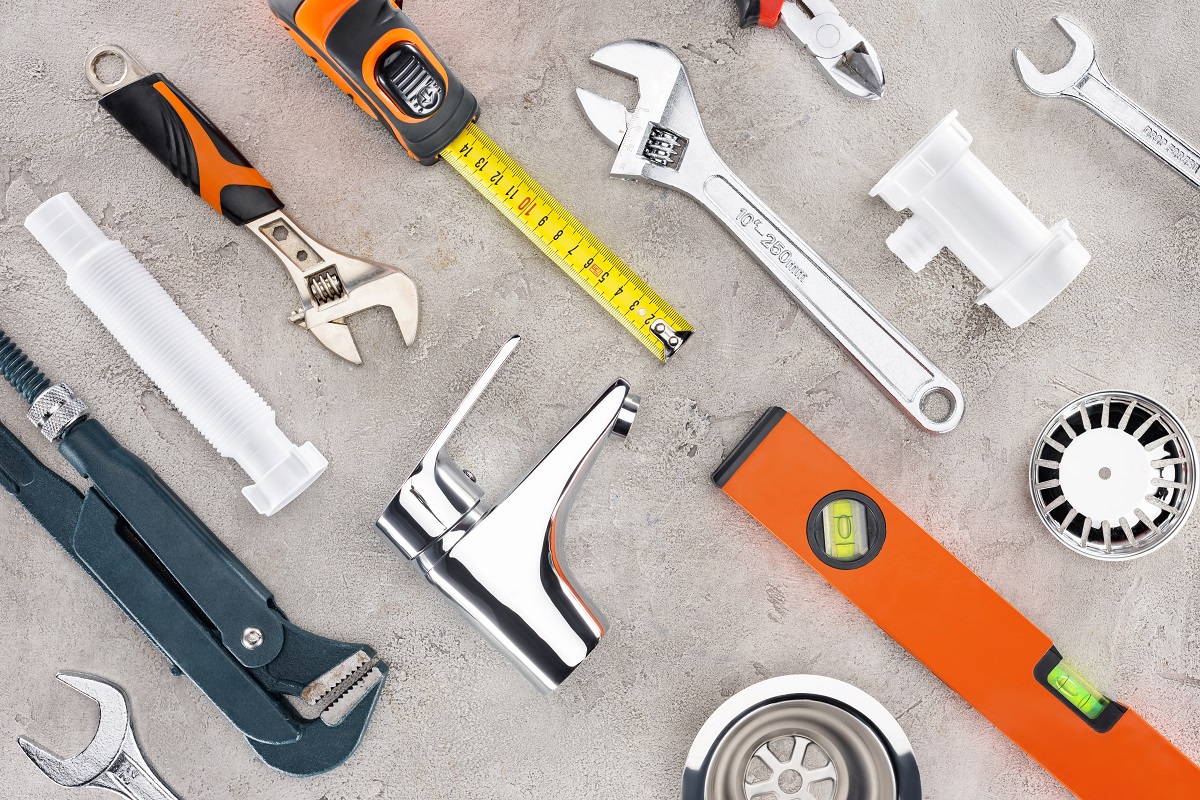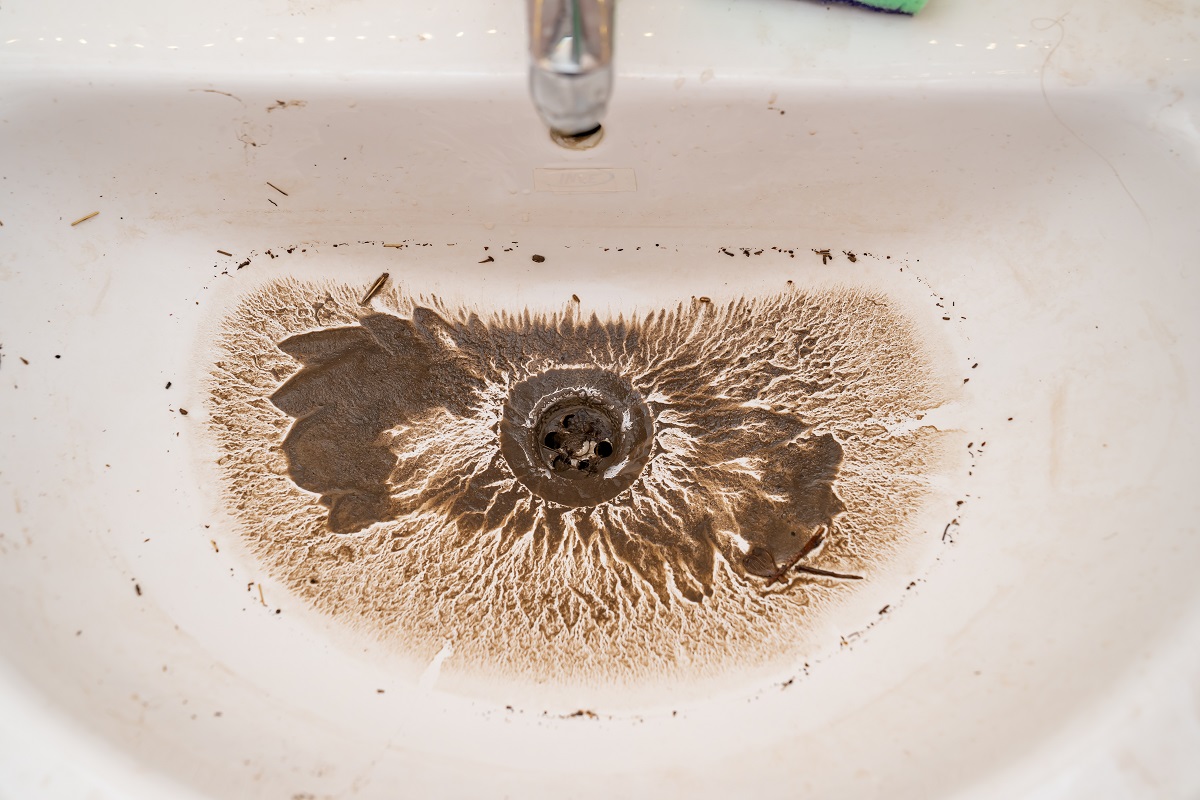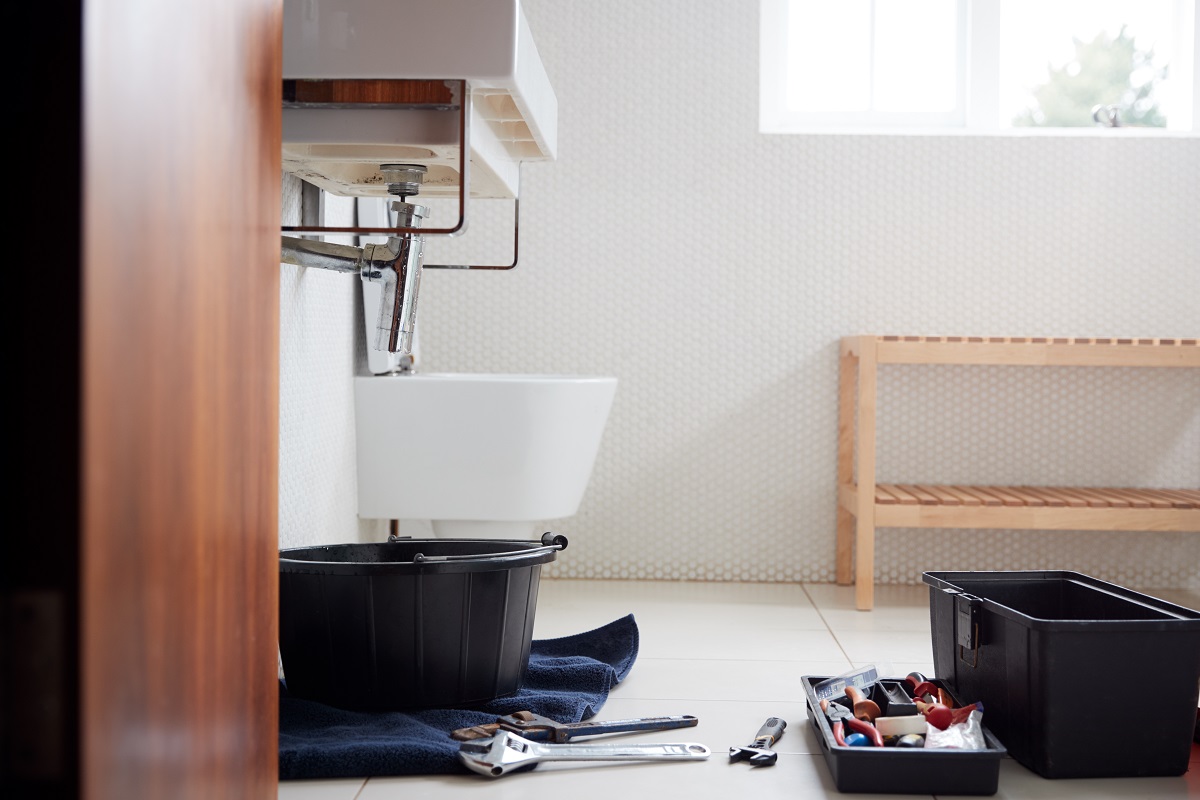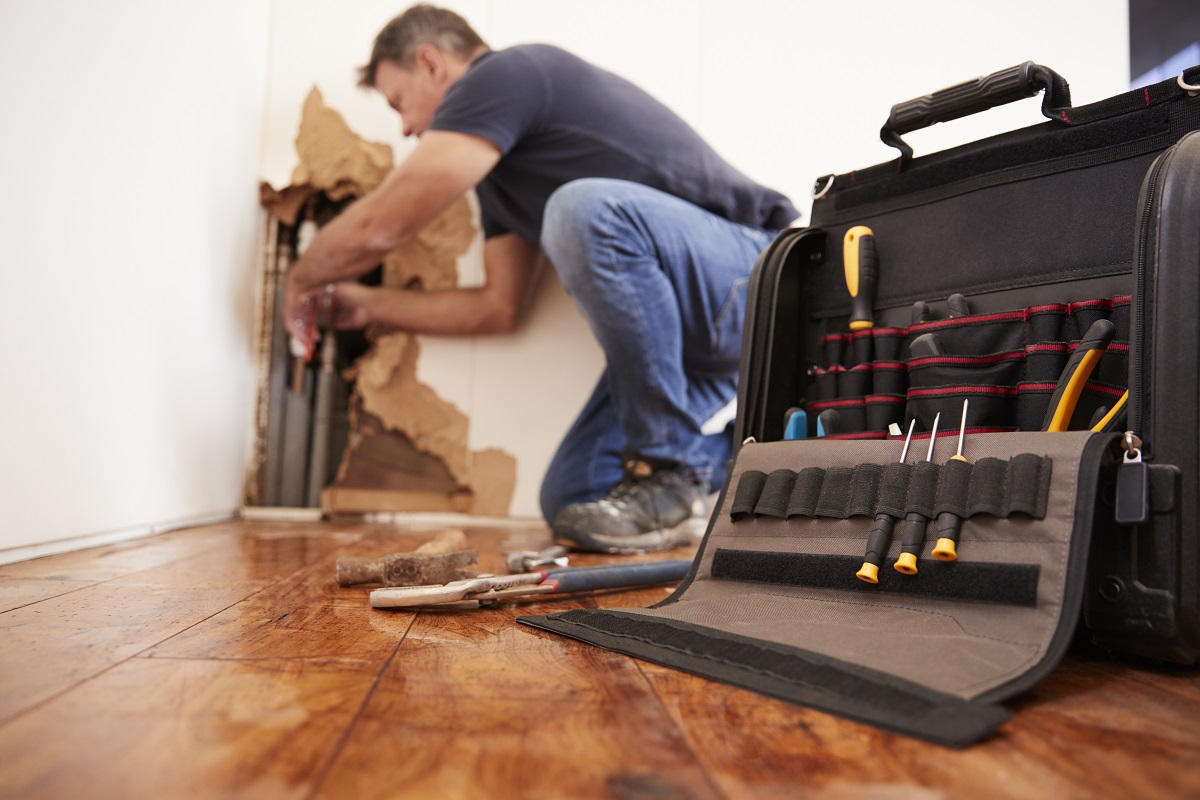
7 Common DIY Plumbing Mistakes
What are common DIY plumbing mistakes?
- Overtightening Your Connections
- Using Drain Cleaners as a First Choice
- Forgetting to Turn Off the Main Water Line
- Not Taking Notes
- Misuse of Tools
- Using Excessive Force
- Missing Parts
Issues with our plumbing happen all the time. Houses often experience a clogged toilet or leaky pipes, and having them can be stressful. Most homeowners might choose to tackle small problems on their own. These “Do-it-yourself” repairs could save some money if you can do it correctly — but if not it’ll cost you way more.
Before you pick up your toolbox and crank open your pipes, read up on these common plumbing mistakes to avoid committing the same errors.
Overtightening Your Connections
Beginner DIY-ers might think that tightly turning couplings and joints make for a more robust connection, but this leads to the first common problem with DIY plumbing fixes. If you’re tightening something, take care with how much you turn your wrench — if you make them too tight it can cause a split or rupture.
It’s better to make sure these connections are snug, and not anything more than that. A good way to check the tightness is to take note of how many turns you make. Generally, this is done by finger-turning a joint till it becomes hard to turn, then using a wrench to make another ¼ to ½ of a turn.
Using Drain Cleaners as a First Choice

Drain cleaners should not be your first choice when choosing what tool to unclog your sinks. These cleaners are corrosive and can damage the interiors of pipes and drains. Additionally, if the cleaner doesn’t clear the sink, then the trap arm will be filled with caustic chemicals — which you or a plumber will need to remove later on.
The first thing you should try to clear a clog is by using a snake or barbed drain cleaning tool. This can reach into your pipes and dislodge the clogged materials. You could also remove the sink trap and rinse out the clog yourself.
If the problem persists, try using natural solutions before resorting to chemicals. Pour a mixture of vinegar and baking soda into the drain. This combination can loosen up the clogged material. This can then be picked up by a drain cleaning tool or rinsed out to open up the drain and pipes.
Forgetting to Turn Off the Main Water Line
Before doing anything with your water fixtures or pipes, you should always make sure that the main water line in your home is turned off. This is a common mistake with DIY repairs and can cause flooding and water damage in your home. Avoid this troublesome cleanup by shutting off your water first thing.
Aside from shutting off your main line, also check if the fixture has its shut-off valve. Most sinks and toilets have these near their pipe fixtures as an added protective measure against flooding. Make sure to turn these valves to add another barrier between the water and your open fixture. Other than that, you can also choose to shut these valves off and leave your main water line on, so your house still has access to running water while you’re doing repairs.
Not Taking Notes

It’s important to pay close attention to your repair process as you go. Even if you’ve done these kinds of repairs on your own before, taking notes is still needed. If you miss a piece or place parts in the wrong places and configuration, this will result in future plumbing issues.
Take care to document each step you take so you know which pieces you removed, and in what order. You can also take photos of the parts and leave markers in their original spots to keep track. These notes will also save you a lot of time and effort recalling how to put everything back.
Misuse of Tools
Plumbing requires careful work and the right tools for the job. Grabbing a random wrench and working away on pipes without care can cause serious damage to your plumbing system.
Different pipes, couplings, and joints all need specific tools in specific sizes. Using the wrong size or type of tool can cause parts to chip or tear. For example, using a flathead screwdriver for a Phillips-head screw drive can warp the grooves on the piece. This will make it more difficult to unscrew later on. Take care to check what tools you will need for your DIY job, and check which tools you have on hand before starting.
Using Excessive Force

Valves, joints, and all sorts of components connected to your pipe system can seize due to not being oiled or cleaned for long periods. Rust can build up and make them difficult to turn by hand. You might be tempted to try and force the turn by using more muscle — but doing this may break the piece. This is common with stuck valves, where the knob can break off or the stem snaps.
The fix for this problem is to use an adjustable wrench to loosen the part. This might take some time and patience on your part, but it’s better than breaking it. Loosen it just enough that you feel the bond break and you can turn the component by hand. When you’re done, check if everything is still sealed properly and there are no leaks.
Missing Parts
When buying parts for your DIY repair project, you might only purchase the parts you think you need. You might need to buy a new cartridge for your faucet, for example, so you head to the store to buy just that one piece. However, if one part of your plumbing fixture needs replacing, then it is likely that other parts will need fixing or replacing as well.
While you’re at the store, make sure to get spares of those peripheral parts — which are generally cheap and easy to find. These can also be kept for future use if you don’t use them for your current project.
Key Takeaway
Tackling small problems with your plumbing doesn’t have to be a difficult undertaking. With the right tools, parts, and techniques, you can fix your household problems. The work might not be that difficult, but you do have to know what common mistakes to avoid before starting your plumbing project. Keep this in mind to get the job done right.
However, if your efforts to repair your plumbing fail and the situation gets worse, there is no problem with calling professionals to step in. Should your house need a trusted supplier to replace any of your faulty pipes, contact Supreme Pipe today!


